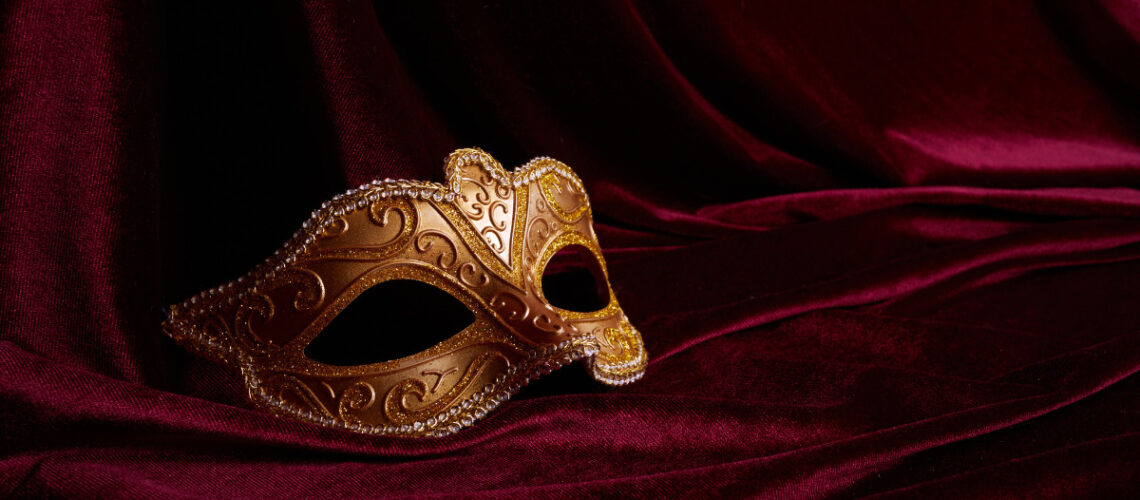In the enchanting world of theatre, where stories come alive through the magic of performance, costume design plays a pivotal role in shaping the narrative. It’s the art of weaving the fabric of imagination into tangible forms, breathing life into characters, and immersing the audience in a visual symphony. In this blog post, we explore the world of theatre costume design, shedding light on its intricate nuances and the profound impact it has on the theatrical experience.
The Artistry of Costume Design: Crafting Characters with Cloth
The artistry of costume design in theatre is a captivating and multifaceted craft that goes far beyond simply dressing the actors. It is a meticulous process that involves a profound understanding of character psychology, historical context, and symbolism, all expertly woven together with an acute sense of aesthetics. Costume designers are akin to sculptors of the human form, using fabrics, textures, and colors as their medium. They delve into the nuances of each character, unraveling their motivations, quirks, and personal journeys, and then translate these intricate details into the garments that will be worn on stage. Every stitch is a deliberate choice, every fabric selection a carefully considered decision, and every hue meticulously analyzed for its emotional impact.
In the hands of a skilled costume designer, clothing becomes a language, a visual dialogue that communicates to the audience on a profound level, offering insight into the characters’ inner worlds and the overarching themes of the production. It is a delicate dance between historical accuracy and artistic interpretation, a craft that fuses creativity with craftsmanship to bring characters to life on stage in a way that captivates, inspires, and leaves a lasting impression on all who bear witness to its magic.
Historical Accuracy and Cultural Context: Setting the Stage
Creating historically accurate costumes in theatre productions is a meticulous and immersive process that transports both the audience and actors to a bygone era. It begins with in-depth research, where costume designers delve into historical documents, paintings, photographs, and fashion archives to unearth the nuances of the time period they aim to recreate. Every detail, from the cut and silhouette of garments to the choice of fabrics, is carefully considered to reflect the clothing styles of the era accurately.
Costume designers pay attention to the societal norms, class distinctions, and cultural influences of the time, ensuring that the costumes not only look the part but also convey the characters’ backgrounds and personalities. Authenticity is key, and the use of period-appropriate undergarments, accessories, and hairstyles completes the transformation. The process often involves collaboration with historians and experts to ensure precision, resulting in costumes that serve as a visual time machine, allowing both the actors and the audience to step into history with a profound sense of realism and immersion.
Symbolism Through Fabric and Color: Speaking Without Words
Costumes are not merely adornments; they are symbols that convey emotions, status, and character traits. The choice of fabric, be it silk, cotton, or leather, can accentuate the character’s personality. A flowing silk dress might signify grace and elegance, while rugged leather attire exudes toughness and resilience. Colors, too, hold immense symbolic power. A character draped in royal purple exudes authority, while soft pastels might evoke innocence or vulnerability. Costume designers are adept at harnessing this symbolism to enrich the audience’s understanding of the characters.
The Creative Team: Harmonizing Vision and Execution
The synergy between costume designers, directors, and set designers is akin to a delicate dance. It’s a collaborative effort where ideas are exchanged, visions are shared, and creativity knows no bounds. The costume must harmonize with the set design, complement the lighting scheme, and enhance the overall ambiance of the production. This collaboration ensures a seamless integration of all elements, elevating the theatrical experience to new heights.
Challenges and Triumphs: Navigating the Creative Journey
Amidst the creative fervor, costume designers face challenges that test their mettle. Limited budgets, time constraints, and unforeseen alterations are hurdles that demand innovative solutions. Yet, it is precisely these challenges that fuel the designer’s creativity, leading to ingenious solutions and unexpected triumphs. Overcoming these obstacles is a testament to the resilience and passion that define the world of costume design.
The Impact on Audience Experience: A Lasting Impression
The allure of a well-designed costume lingers in the minds of the audience long after the curtains fall. It adds depth to the characters, making them relatable and human. When the audience witnesses the transformation of an actor into a character, they are transported into the story, forging a profound emotional connection. Whether it’s the grandeur of a period drama or the simplicity of everyday attire, costumes have the power to evoke empathy and understanding, making the theatrical experience unforgettable.
A Tapestry of Theatre Costume Design
In the grand tapestry of the stage including iconic Broadway productions, theatre costume design is the vibrant thread that weaves together the narrative. Through meticulous research, creative brilliance, and unwavering dedication, costume designers breathe life into characters, making them timeless and unforgettable. As audiences, we are not just spectators; we are voyagers, embarking on a visual odyssey guided by the artistry of costume design. In every fold, every texture, and every hue, we find the essence of storytelling, reminding us of the boundless creativity that thrives on the stage.

